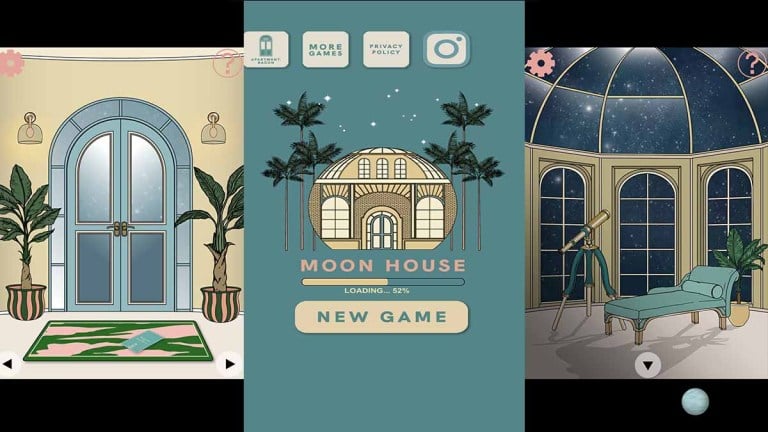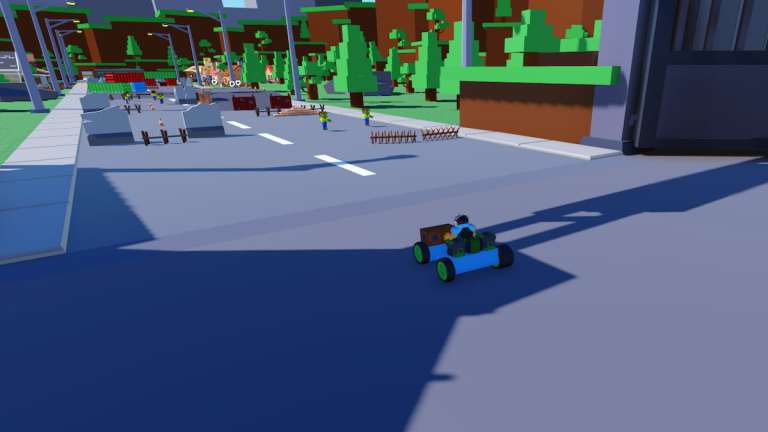The difference between margin and padding
Margin and Padding are two key CSS properties in web design and front-end development. They define the space around elements. This article will analyze the differences between these two properties in detail, including: 1. Differences in definitions and functions; 2. Impact on visual effects; 3. Application in layout; 4. Interaction with other CSS properties; 5. Differences in browser rendering; 6. Application in responsive design; 7. Common misunderstandings and problem solving. Understanding the difference between Margin and Padding is crucial to creating web pages with good user experience and visual effects.
1. Differences in definitions and functions
Margin refers to the space outside the element, that is, the blank area outside the element's border. It is used to create space between elements but does not affect the actual size of the elements. Padding is the space inside the element, that is, the blank area between the element content and the border. It increases the visual size of the element and also affects the layout of the element's content.
2. Impact on visual effects
Margin adjustment will change the distance between elements, but will not affect the content inside the elements. The increase in Padding will make the element look larger because it directly increases the internal space of the element.
3. Application in layout
Margin is often used to control the distance between an element and other elements, such as the edge of the page or adjacent elements. Padding is mostly used to adjust the distance between the internal content and the border of an element to improve the readability of the content.
4. Interaction with other CSS properties
Both Margin and Padding can be used with other CSS properties such as borders, width, and height to create complex layout effects.
5. Differences in browser rendering
Different browsers may have subtle differences in how they handle Margin and Padding, which requires developers to pay attention to compatibility issues.
6. Application in responsive design
In responsive design, the adjustment of Margin and Padding is very important to ensure that elements are arranged and displayed appropriately on different screen sizes.
7. Common misunderstandings and problem solving
Developers often confuse the application scenarios of Margin and Padding, or encounter layout problems when using them. This article will provide solutions and best practices for some common problems.
Through an in-depth analysis of Margin and Padding, this article aims to help readers better understand the importance of these two attributes in web page layout and design, and how to effectively use them to create beautiful and fully functional web design.

FAQ
Q: What is the main difference between Margin and Padding in CSS? Answer: Margin is the outer margin, which defines the space between an element and other elements, while Padding is the inner margin, which specifies the space between the element's content and its border. Margin is outside the element, and padding is inside the element. Q: What are the different effects of Margin and Padding on the background color? Answer: Padding is part of the element, so it will be covered by the element's background color or pattern. Margin is the space outside the element and will not be affected by the background color or pattern. Question: How to choose between Margin or Padding in layout design? Answer: If you need to adjust the distance between an element and other elements, you should use Margin. To adjust the distance between an element's content and its border, use Padding. The correct use of both can effectively control the layout and spacing of elements.
-
 It's the spooky time of the year, so here are some of the best horror games you can play to give yourself a good scare.
It's the spooky time of the year, so here are some of the best horror games you can play to give yourself a good scare. -

Moon House Room Escape Walkthrough
Solve the Moon House apartment tour puzzle! -

How to Play Dice in Kingdom Come Deliverance 2: All Badges & Scoring Combos
If you're wondering how to play dice in Kingdom Come: Deliverance 2, here's what you need to know about that. -

How to make a car in Build a Car to Kill Zombies
Zombie Stampede!
